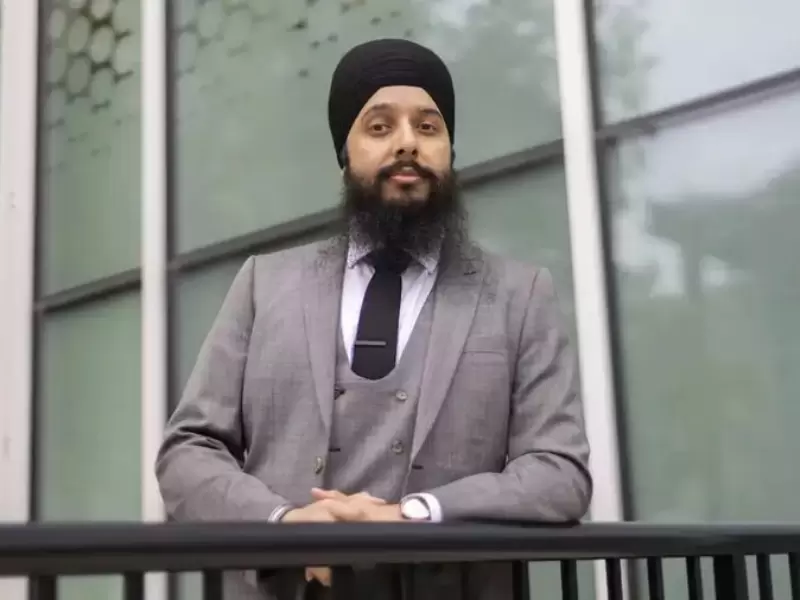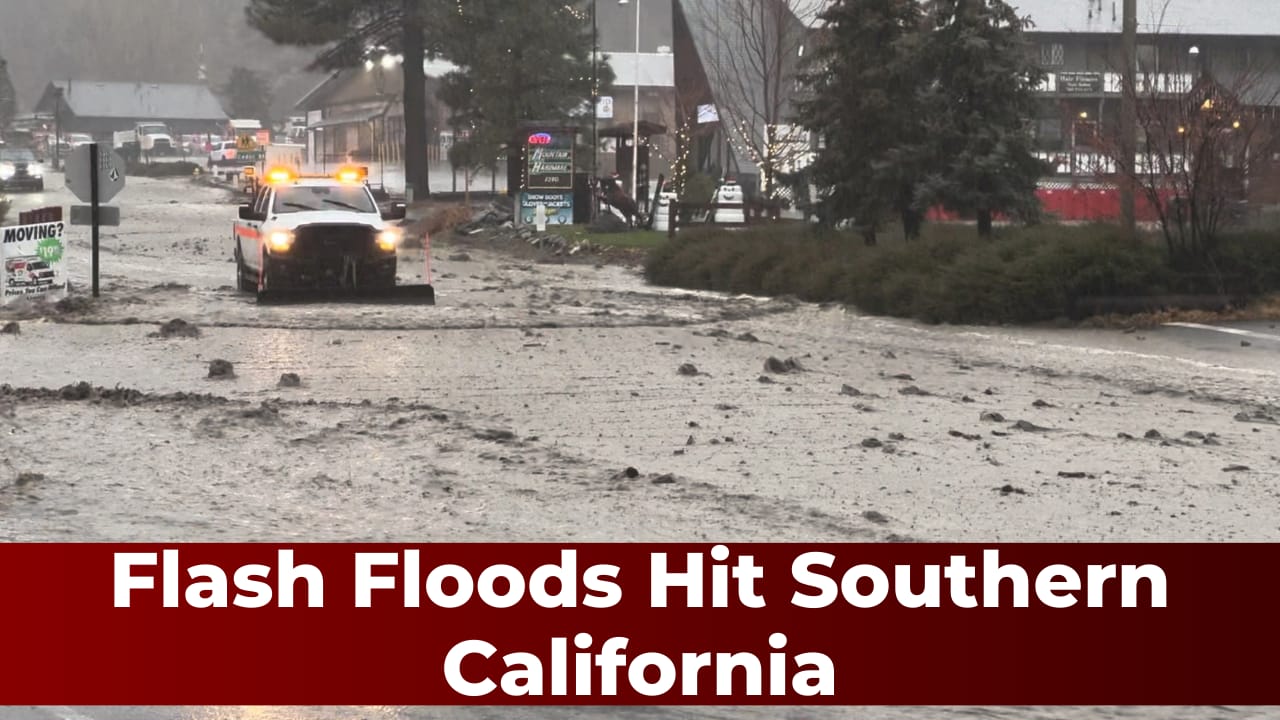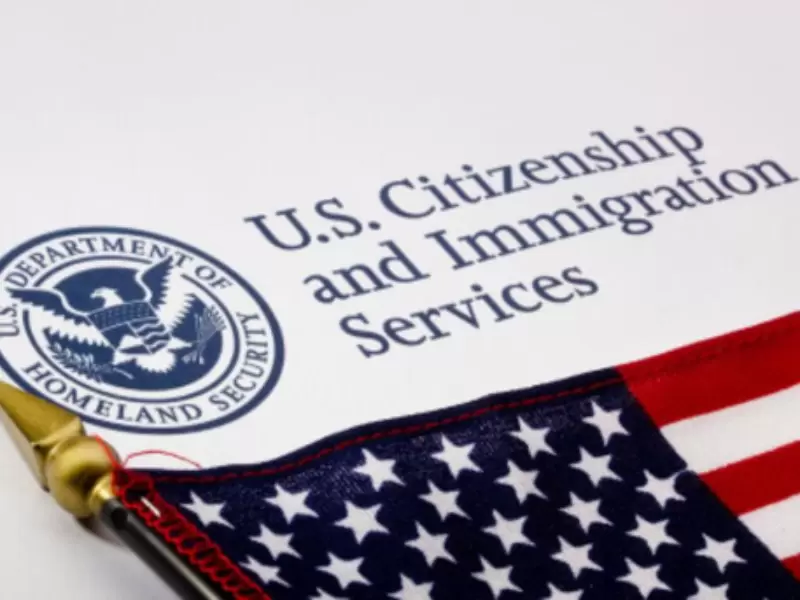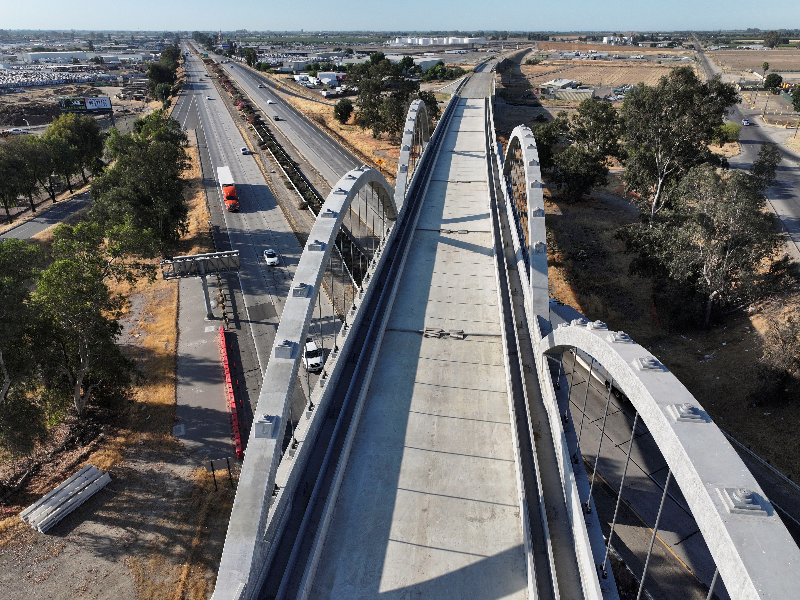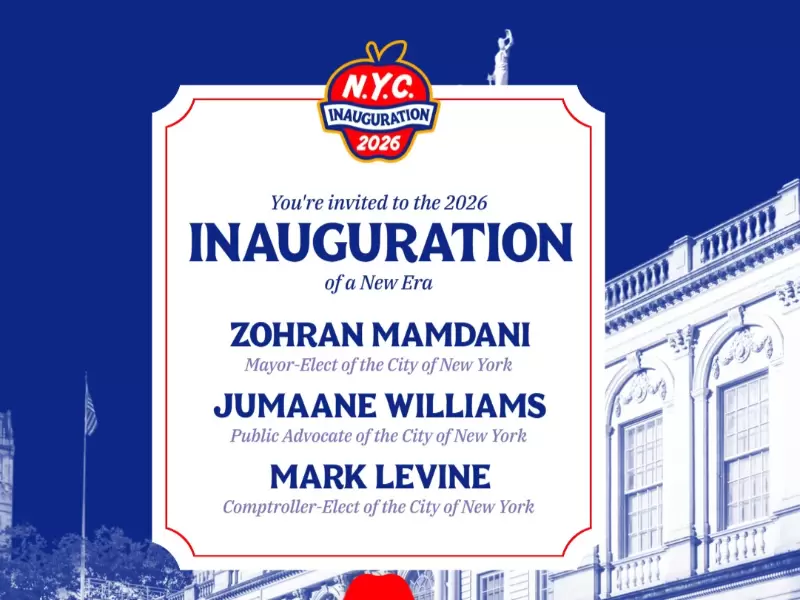ADVERTISEMENT
POP
See MoreCommunity
See MoreIAMC urges accountability over Bihar veil incident
Interfaith advocates condemn treatment of Muslim women after Bihar chief minister’s actions at government event.
-
The session opened with A4H Global President Pramit Makoday’s speech about American Hindu leader Saritha Komatireddy highlighting her credentials.
-
In 2024, the United Nations General Assembly declared Dec. 21 as World Meditation Day.
-
The sacrifices made by Sikh soldiers during World Wars I and II as part of the British Army are increasingly...
ADVERTISEMENT
Videos
View AllOpinion
See MorePeople
See MoreNYC Mayor appoints 2 Indian Americans to rent guidelines board
The two Indian Americans will serve on the New York City board that sets annual rent increases for rent-stabilized apartments.
-
Mahalingam led the College of Engineering through growth in research funding, enrollment and graduation outcomes during his tenure.
-
Abraham, a child-prodigy, is a student of Doctor of Music at Indiana University's Jacobs School of Music at the age...
-
She has been recognized for a capstone project that developed product-growth analytics for an AI ed-tech startup.
ADVERTISEMENT
Entertainment
See More
The film draws on the cultural traditions of Himachal Pradesh’s Giripar region and is slated for release in mid-2026.
-
Following Talvar and Raazi, Daayra marks Meghna Gulzar’s third collaboration with Junglee Pictures.
-
From Anjaana Anjaani to Bada Din, here are five Bollywood Christmas classics that can rival the best of Hollywood holiday...
-
Speaking about his life in the United States, Nanjiani said...
-
The film, apart from Radhika as Thaai Kelavi, also features...
-
ADVERTISEMENT
Immigration
See More
At the same time, a majority of Americans continue to say that at least some immigrants who are in the country illegally should be deported.
-
The embassy directed applicants to credible resources while warning against fake documents and unnecessary agent involvement.
-
US immigration authorities have increasingly relied on regulatory changes rather than legislation to address weaknesses in the system during stalled...
-
The post comes as the UK considers extending settlement timelines...
-
The agency cited data and studies questioning the existence of...
Food
See More-
Instagram content creator Anushk Sharma shared a heartfelt review of the Michelin starred Indian restaurant in Chicago.
-
The menu draws from Lucknow’s narrow lanes, Delhi’s Mughal-era durbars, Hyderabad’s Nizami kitchens and the coastal food cultures of Tamil...
-
ADF Foods is a fourth-generation family-owned leader in gourmet frozen
-
Chef came to Dallas on a very short visit over...
-
The fast-casual Indian chain expands with a growing U.S. footprint...
-
The rebranded restaurant features team-themed visuals and a stadium-style atmosphere...
-
Attendees will receive a tour of the kitchen, observe operational...
-
Onset of illness occurred between Nov. 28 and 29, with...
SPORTS NEWS
See MoreDeepti became the joint-highest wicket-taker in women’s T20I history.
Canadian coach Tejinder Aujla discusses India’s road to the Los...
The U.S. national teams, however, retained their right to compete...
Playing against an Australian Universities' team, the Indian side secured...
News
See More-
ADVERTISEMENT
Please enter something
- Asian Americans
- Biz
- Books
- Canada
- Community
- Culture
- Dating
- Diplomacy
- Diwali
- Editor picks
- Editorial
- Explainers
- Fashion
- Features
- Food
- Immigration
- India
- India Decides '24
- India Independence Day
- Letters to the Editor
- Life
- Maha Kumbh
- Movies+
- News
- Opinion
- People
- Ram Mandir
- Reviews
- Sports
- Spotlight
- Tech
- Travel n’ Diplomacy
- Trump 2.0
- UK Votes 2024
- US Elections 2024
- USA
- West Coast







